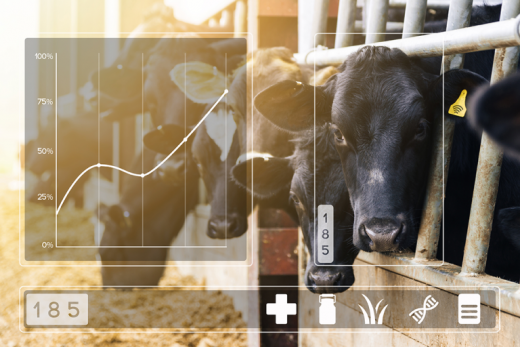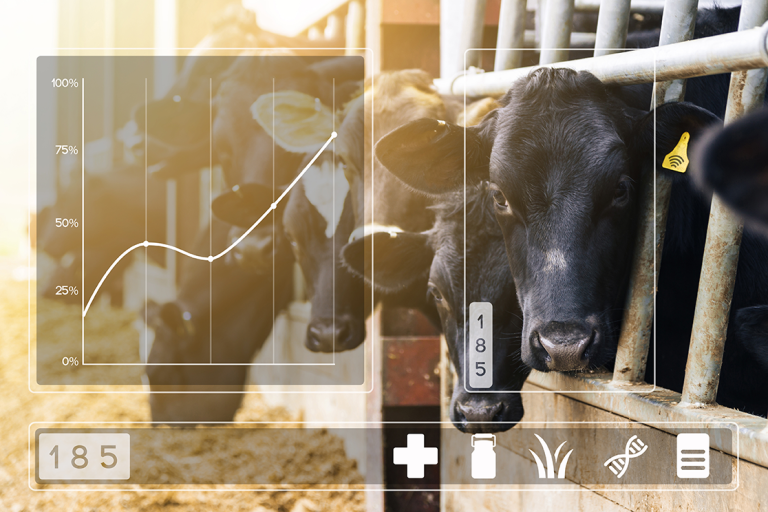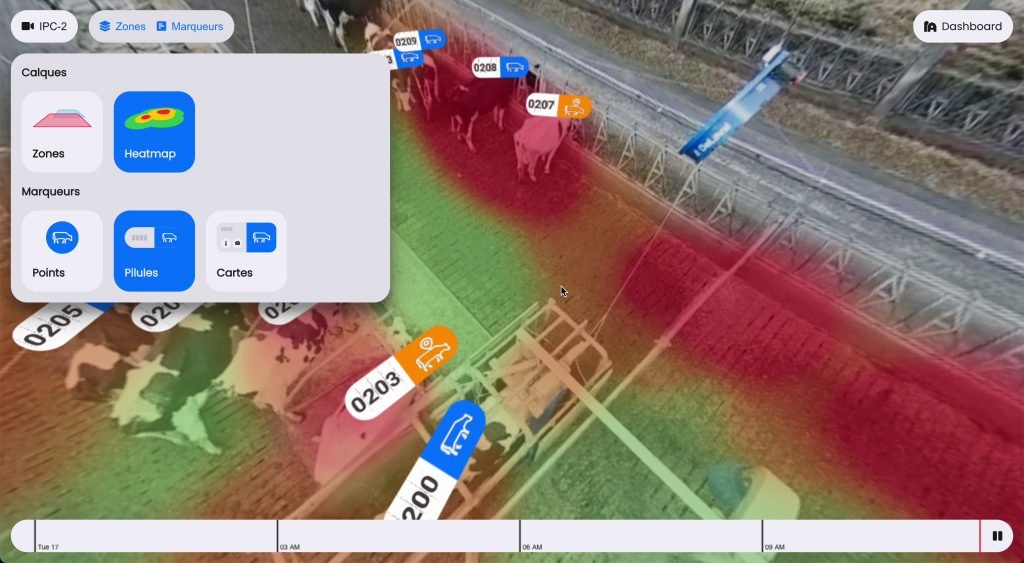Artificial intelligence automates livestock monitoring


Carnot CEA LIST developed a real-time livestock monitoring system that leverages the analysis of video streams to identify individual animals and specific behaviors that can indicate disease or whether an animal is in heat, for example.
AIHerd, a startup founded by two veterinarians, is commercializing an early-detection system for cattle farmers. It is built on a technology that uses video analysis to measure animal health indicators. The startup’s mission is to increase productivity and improve animal wellness. CEA-List’s knowledge of computer vision and artificial intelligence played a key role in the development of the video analysis system that underpins the solution. A network of cameras produces a video stream used to identify animals inside farm buildings in real time. The capacity to individualize the collection of data to specific animals represents a technological breakthrough that will create new opportunities for the analysis of animal behavior.
Plus, the animals do not have to be equipped with any instruments and the system works for any number of animals. It can also effectively measure a wide range of indicators. One of the first use cases is likely to be heat detection. Farmers usually study the movements of animals equipped with electronic bracelets to determine when they are in heat. Here, a neural-network-based 3D tracking system can pick out individuals in the video images (5 per second) and identify them based on their coats, precisely locating them inside farm buildings in real time. AIHerd developed statistical analysis algorithms that automatically extract the relevant information.

Carnot CEA LIST and AIHerd are now working on improving system performance to better adapt to fluctuations in herd size and density over time. The next key phase will be to test the system at farms in 2022 to ensure that it is robust. Ultimately, the solution will bring cattle farms the kind of smart monitoring system they need to alert them very rapidly to issues with specific animals that require their attention. Not only will this reduce operating costs, but it will also improve animal wellness.

